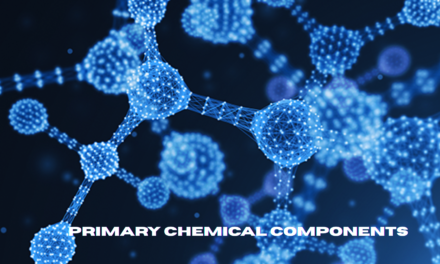Process automation significantly enhances efficiency in petrochemical plants by optimizing operations, reducing waste, and improving safety. Here’s how it achieves these outcomes:
- Enhanced Operational Control: Automation systems provide real-time monitoring and control of complex processes, enabling precise adjustments to maintain optimal operating conditions.
- Improved Process Efficiency: Advanced algorithms and control systems, such as Distributed Control Systems (DCS) and Programmable Logic Controllers (PLC), streamline processes, reducing energy consumption and raw material wastage.
- Predictive Maintenance: Automation tools integrated with IoT and machine learning can predict equipment failures, allowing for timely maintenance and reducing downtime.
- Real-Time Data Analytics: Automated systems collect and analyze vast amounts of data in real-time, enabling informed decision-making and quick responses to process deviations.
- Safety Enhancements: Automation minimizes human interaction with hazardous processes, reducing the likelihood of accidents and ensuring compliance with safety regulations.
- Energy Optimization: Advanced process control (APC) and energy management systems optimize the use of heat and energy, lowering costs and improving overall efficiency.
- Scalability and Flexibility: Automation enables plants to adjust operations dynamically to meet fluctuating market demands without compromising efficiency.
- Quality Consistency: Automated systems ensure consistent product quality by maintaining precise control over critical process parameters.
- Cost Reduction: By minimizing manual interventions, errors, and unplanned shutdowns, automation lowers operational costs and enhances profitability.
- Integration with Advanced Technologies: Automation integrates with AI, digital twins, and robotics, further improving operational precision, predictive capabilities, and overall plant performance.

















